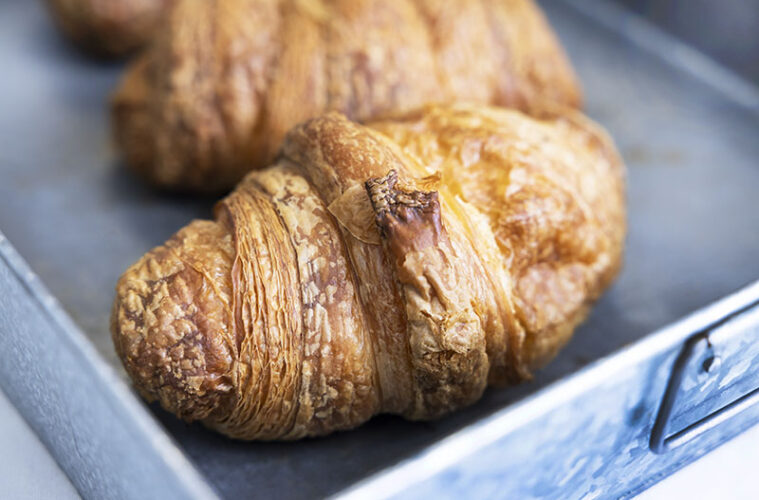Everyone loves a croissant. “They’re lovely, buttery, flaky, tender, delicious things,” says media personality and cookbook personality Julia Child on a Season 3 episode of The French Chef, the public television program that was filmed between 1963 and 1973 for WGBH in Boston. Child rips into a crescent-shaped pastry, holding it in her stern, California-strong hand. The French, she says, eat them for petit-déjeuner, or a midmorning meal.
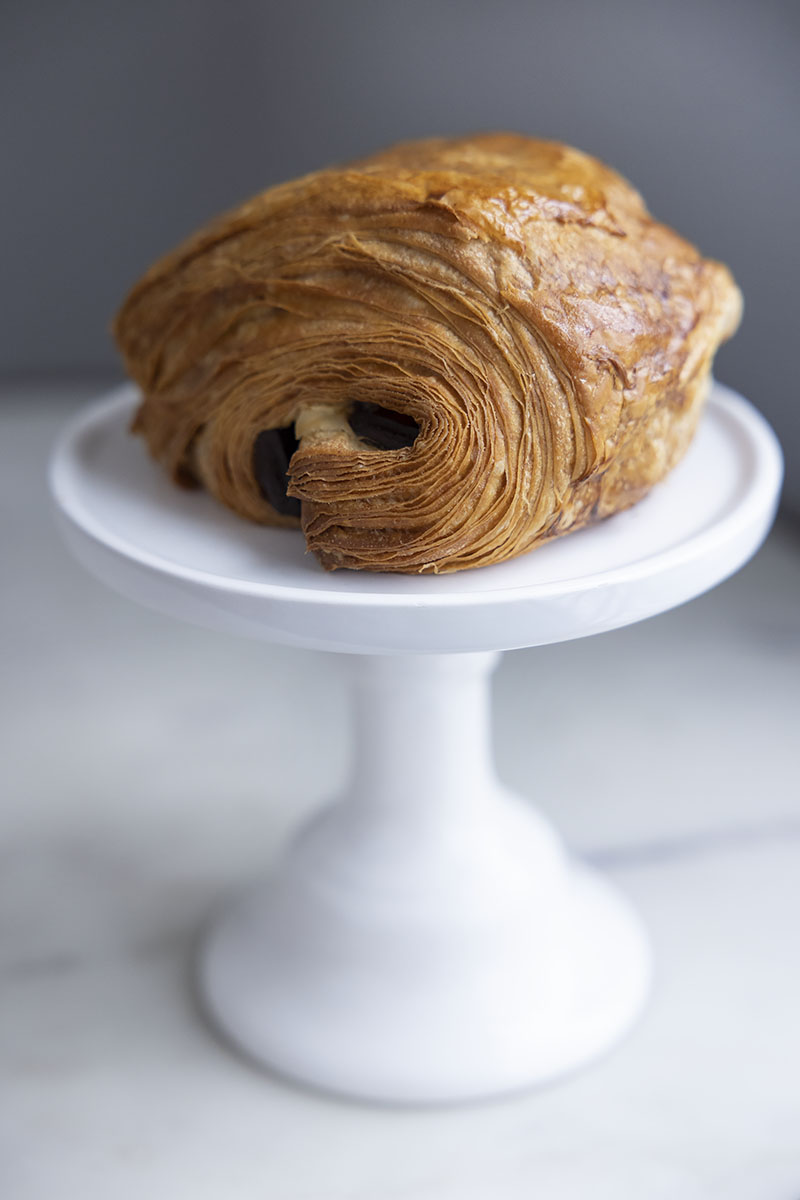
I spent 29 minutes watching Child pound dough into submission (the process for producing a croissant involves making a yeasted dough—flour, sugar, water, yeast—before shaping into a rectangle and rolling a slab of butter into it, over and over again, to create layers). This pounding, rolling, and turning is known as lamination, a process that is also used in the French pâte feuilletée, or puff pastry. Twenty-nine minutes was not enough time to perfect the croissant, but it gave me some insight into the process.
Some good news: You don’t have to go back in time (or across the Atlantic) to hunt down a flaky, buttery, lofty expression of this bakery treat. On the North Shore, confident bakers, generations removed from Child, have embraced French technique and are passing their knowledge on to thankful customers. At Honeycomb, in South Hamilton, which Lauren and Billy Moran opened in 2017, croissants—plain, chocolate, ham and cheese—are made by hand and are, Lauren Moran says, often sold out before lunchtime.
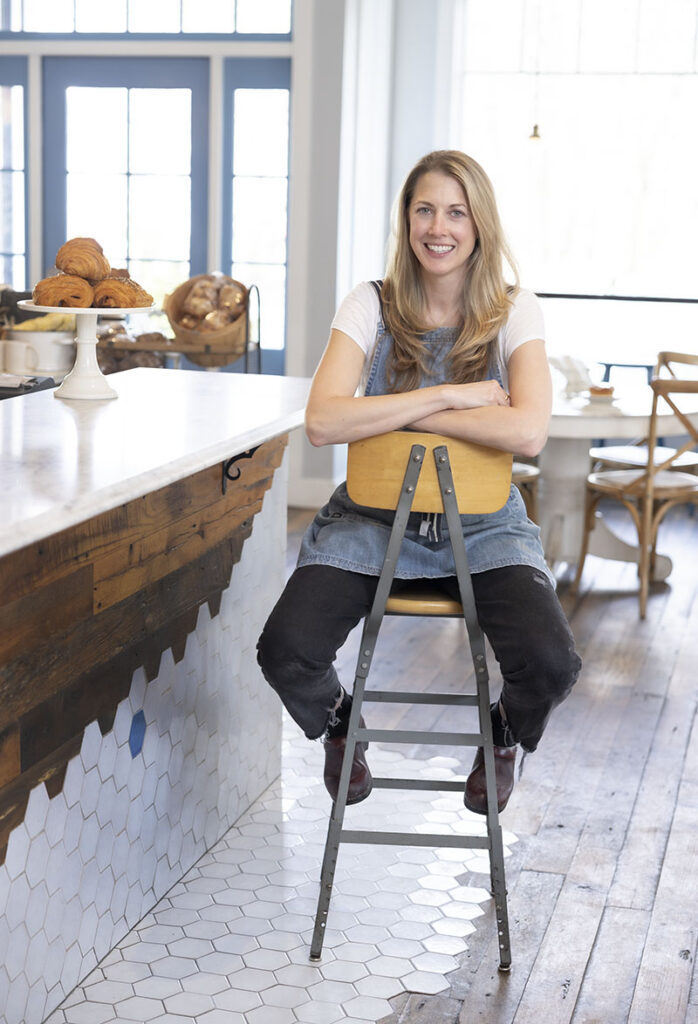

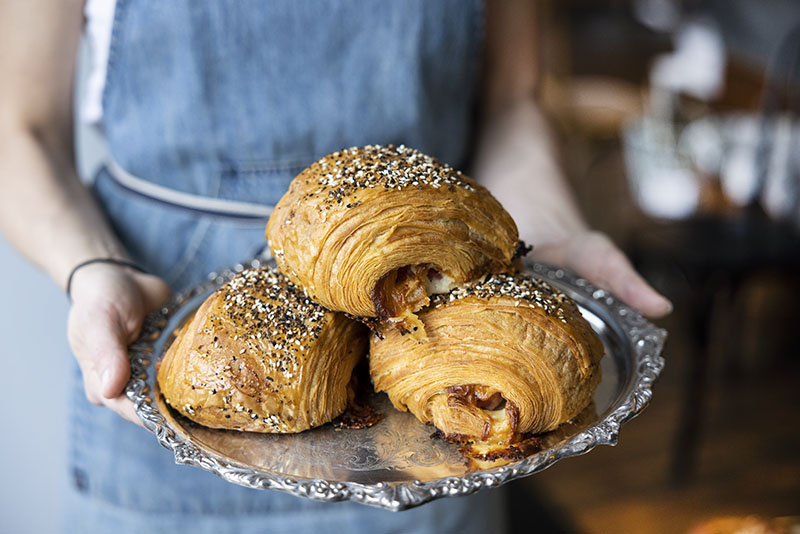
In addition to a dedication to technique, she says, Honeycomb has homed in on ingredients, which she feels help to elevate her croissants far beyond ordinary. “The first thing is sourcing really, really high-quality butter,” she says. “The ingredients in a croissant are limited. It’s flour, salt, yeast, a little bit of sugar, and then tons of butter. So it really matters. The butter really adds all the flavor.”
Ashley Bush, owner and operator of Newburyport’s Buttermilk Baking Company, open since 2012, says that temperature plays an instrumental role in whether or not a croissant will rise to the occasion (pun intended). Buttermilk, which serves traditional, chocolate, almond, ham and cheese, and occasional specialty croissants, lacks a proof box, or warm area designed to help keep dough warm and humid, and, as a result, the bakers must battle against weather and moisture conditions when proofing dough.
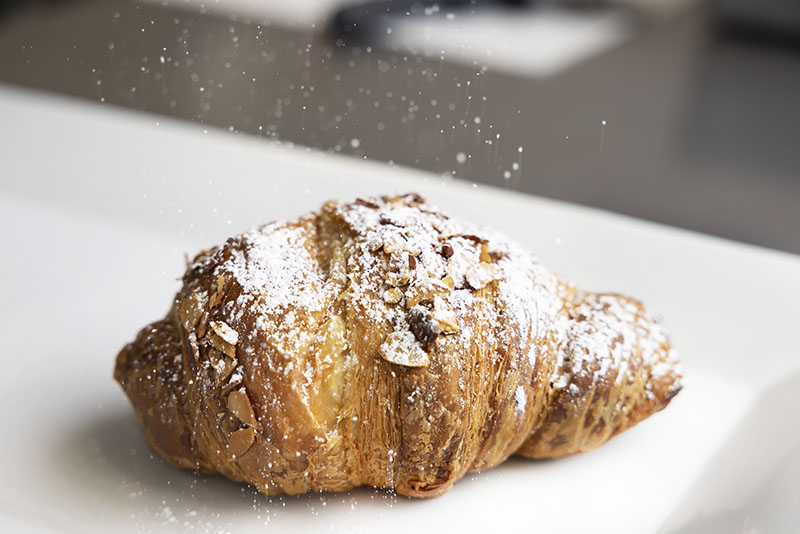
“Whatever the weather may bring, we’re shaping and folding,” Bush says. “If it gets too hot in here and we’re in the middle of folding, we have to break up the folds, because you couldn’t do them back-to-back.” Folding the dough in warm conditions can cause the dough to become bready instead of flaky, because the cold butter will melt back into the mixture, disrupting the flaky layers that the baker is attempting to create in the folding process.
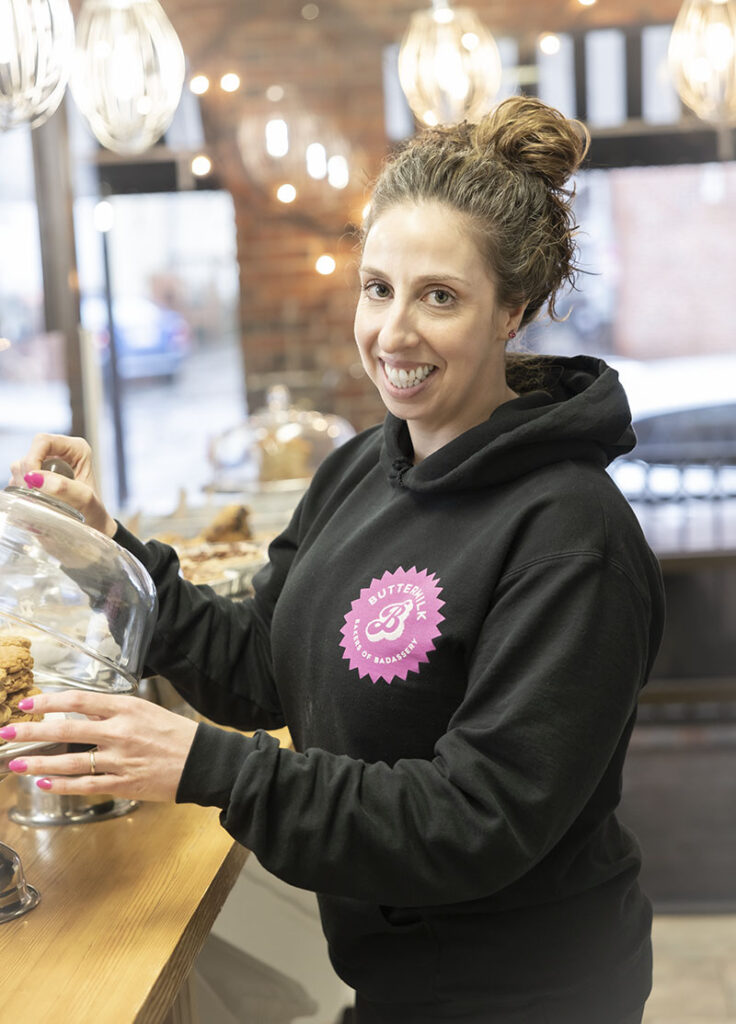
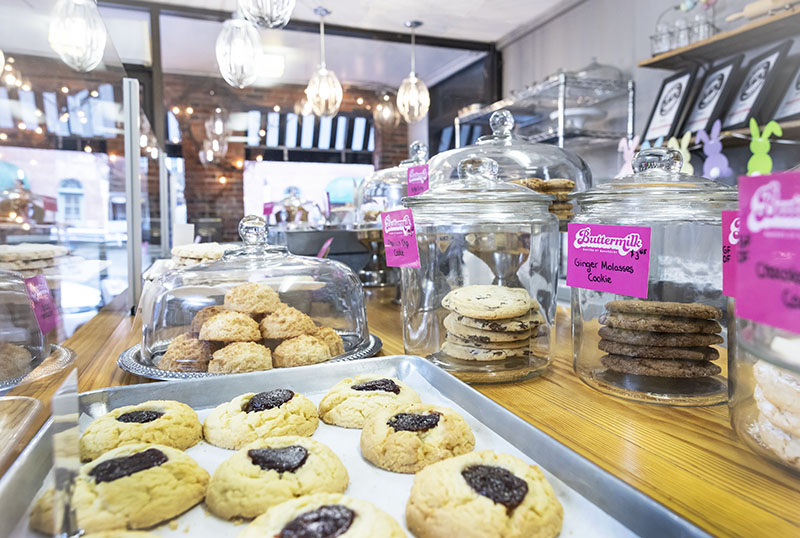
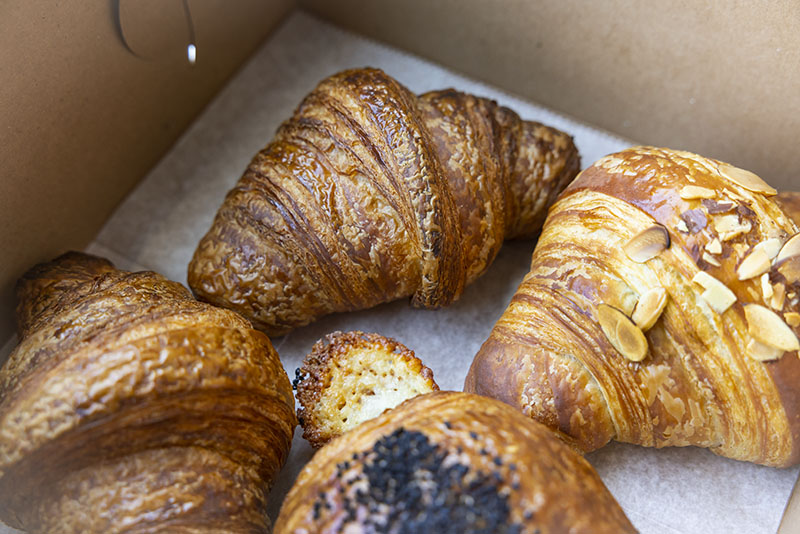
Croissant bakers, says Andy King, owner of Salem’s A&J King Artisan Bakers, which opened in 2006, can yield an ideal product if they are able to balance controllable factors with uncontrollable ones. He lists controllable factors as the quality of the butter used (King prefers Plugra, a European butter with a high butterfat percentage); mixing time; final dough temperature; fermentation time; resting time between lamination; pattern of folding; thickness of rolling; cutting pattern; and proofing and baking schedules.
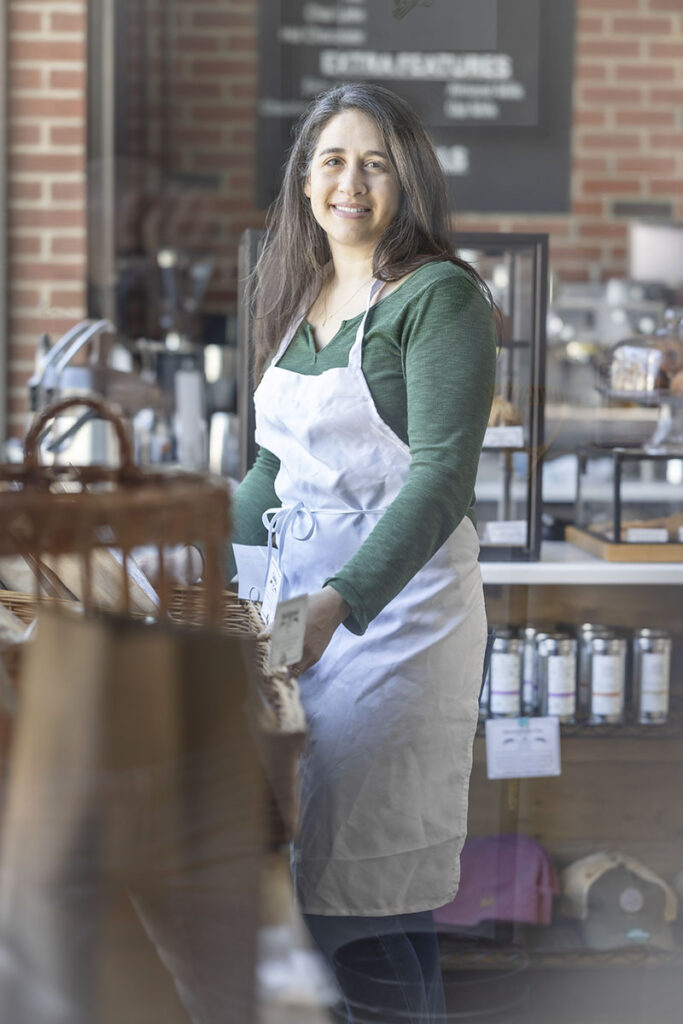
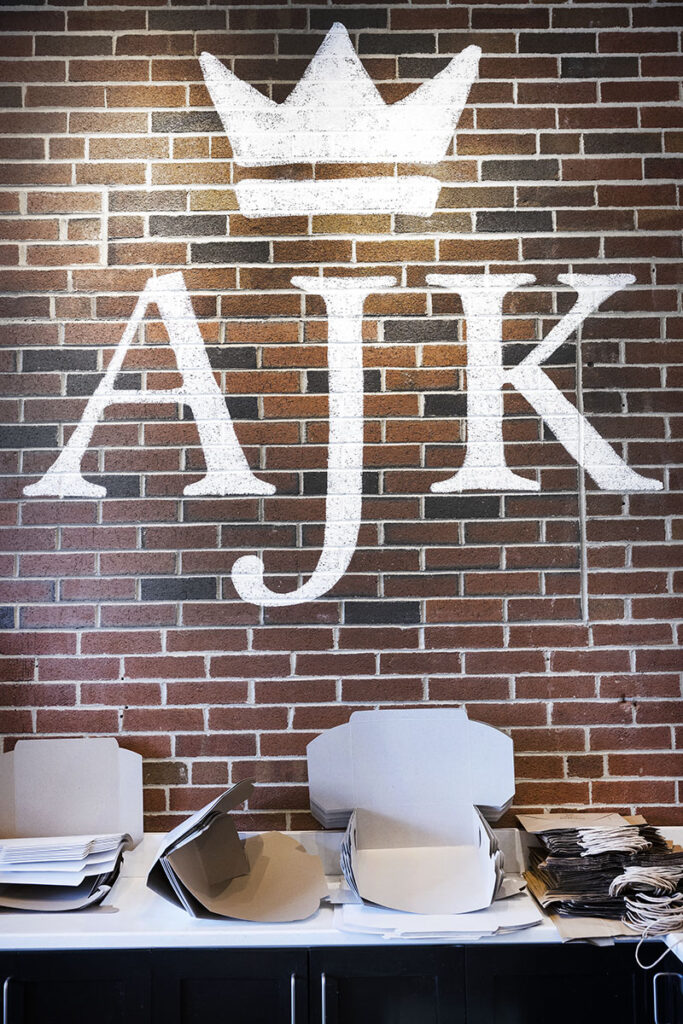

“Getting your schedule and systems straight, to where all of these things happen like clockwork, is key,” he says. “This is the experience part. Years of doing the same product basically every day has yielded great static systems.” Bakers, of course, cannot account for variables like flour quality, outside temperature, equipment malfunctions, sudden changes in demand, or emergencies. It’s okay to allow for mistakes in the search for perfection, he says. “Don’t be afraid to make a lot of croissants. That’s the only way you’ll get better.” The bakery sells traditional croissants, pains au chocolat (chocolate croissants), cheddar, almond, and ham and cheese croissants, as well as seasonal specials.
The best croissants, finally, says Lauren Moran, have a very short shelf life. They should be eaten on the same day that they are baked. A day-old croissant, she says, can be transformed into other desserts, but it truly won’t be the same croissant that it was when it was baked. Still, it can be salvaged. “We’ll make croissant bread puddings,” Moran says. “Delicious.
ajkingbakery.com, buttermilkbaking.com, honeycombhamilton.com

